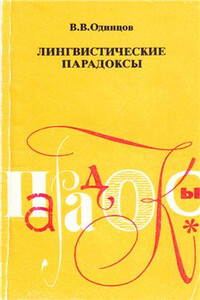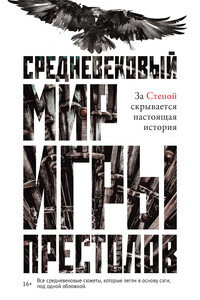Hometask: Ex. 35, 36.
The fifth class period
Review of “Ship electrical equipment”. 10
Topical content: Technical documentation of electrical equipment. 8
37 20
Give the exact translation of the Certificate and dwell on it with your fellow-student.
Lloyd’s Register of Shipping Certificate for AC Generator or Motor
Cert. No. Lon. 71083 Works order No. 51433
Main order No. 22/462 21.1.84 Intended for Ship/Yard/Eng.
Type MC 634 В
Date 19.12.84 Port London Manufacturer: Newage Engineers, Limited, Stamford, Lines.
Purchaser: A/S Norsk Elektrisk and Brown Bovery, Oslo, Norway.
Dates of inspection:
First 20.10.84 Last 13.12.84 '
This is to Certify that the >3auxiliary propulsion AC generator/stator, particulars of which are given below, has been inspected by me at the Makers’ works. The construction, workmanship and materials are good, and the machine complies with the relevant of the Society’s Rules.
On completion the >3generator/motor was tested with satisfactory results.
Rating
kVA 560 Volts 380/220 Phase 3
kW 448 Amps 850 Cycles 50
HP — Power factor 0.8 R.P.M. 1,500
Type of enclosure S.P. and D.P. Class of insulation Stator В
Machine No. 51433/1 Date of Rotor F
Temperature test Machine
13.12.84 acting as Generator
| Results of Tests |
|---|
| | | | Generator |
| Duration | 4 Hours | Degrees C. | | Voltage regulation |
| R.P.M. | 1,500 | | | Auto or inherent |
| Volts | 380 | Cooling air 19 | | | |
| Amps | 850 | Stator winding 75.6 | | Full load | No load |
| Power factor 0.8 | Rotor winding 89.7 | R.P.M. | 1,500 | 1,560 |
| | Slip rings — | Volts | 380 | 382 |
| Volts — | | | | |
| Field — | Amps — | | Amps | 880 | — |
| Cycles | 50 | | | | |
Overload test
1 min. 2kV 50% for 15 sc
Shaft. BIR 761055
(signature) Surveyor to Lloyd’s Register of Shipping.
Hot insulation High voltage test resistance (megohms) 100 volts AC for Identification marks No. 51433/1 Lloyd's Test Lon (port)
RAL/initials 13.12.84 (dale)
Fee 79.60 Expenses 1.70
Prior to the commencement of supervising the manufacture of the electrical equipment the following documentation is to be submitted for consideration: 1) description of the principle of operation and main characteristics; 2) material specification (list ol products) which is to contain elements, instruments and materials used and their technical characteristics; 3) assembly drawing with sections; 4) circuit diagram;
5) test programme; 6) mechanical rotor shaft calculations, as well as drawings of fastening of poles, magnetic circuit stackings, commutator, etc., and detailed drawings of elements welded to the shaft; 7) for distribution switchboards — calculation of thermal and electrodynamic strength of busbars under short-circuit conditions and choice of apparatus to fit these conditions where current rating of a generator or generators running in parallel exceeds 1,000 A.
The sixth class period
Listen carefully to the recorded (ext. What distinguishes these two texts?
Resistors
A resistor is one of the most common elements of any circuit. Resistors are used: 1) to reduce the value of current in the circuit, 2) to produce 1R voltage drop and in this way to change the value of the voltage.
When current is passing through a resistor its temperature rises high. The higher the value of current the higher is the temperature of a resistor. Each resistor has a maximum temperature to which it may be heated without a trouble. If the temperature rises higher the resistor gets open and opens the circuit.
Resistors are rated in watts, since P = EX 1 — RXRX1 = 1>2R, where P — power, is given in watts, R — resistance, is given in amperes.
If a resistor has a resistance of only 2 ohms but its current-carrying capacity equals 2,000 ampere, it is rated as a 8,000,000-W resistor.
Some resistors have a constant value — these arc fixed resistors, the value of other resistors may be varied —these are variable resistors.
В
Resistors can be grouped into three basic classes: composition type resistors, film-type resistors, and wirewound resistors. As the name implies, composition resistors are molded rods made from a powdered and electrically conductive mixtures of graphite and an inert plastic binder. Wirewound resistors consist of a wire or metallic ribbon wrapped




